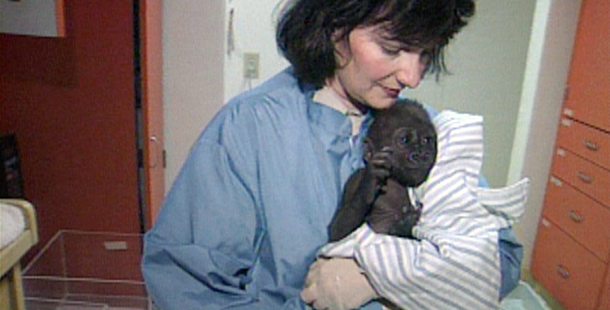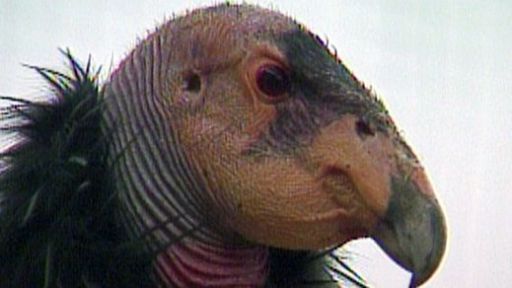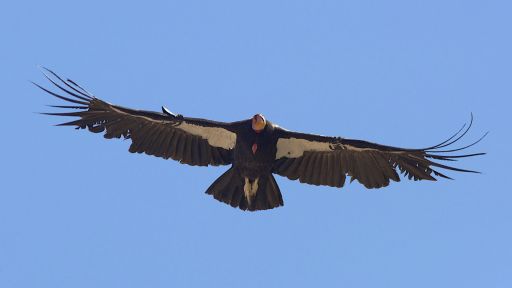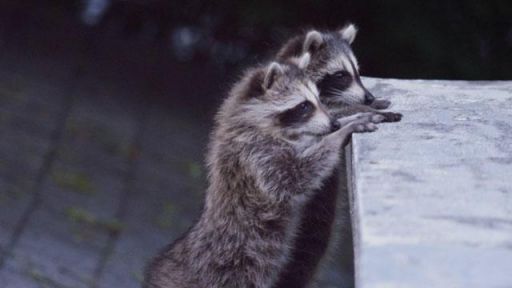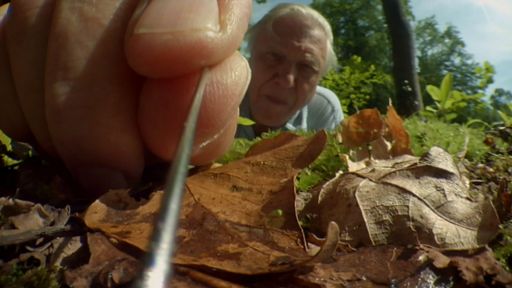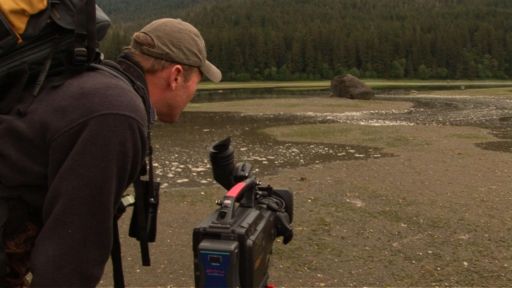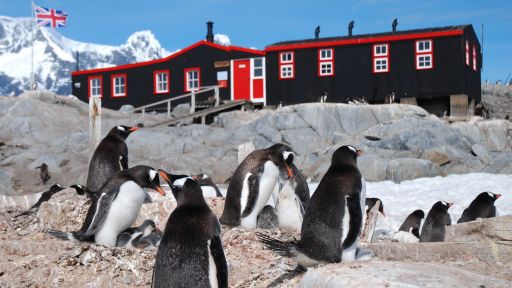Animal Medicine
Some of the most gripping scenes in the NATURE program Animal Attractions show the drama of veterinary medicine at the San Diego Zoo and Wild Animal Park. Animal health care is an important part of the zoo’s mission, and staff members pay daily “house calls” to residents. Whether an infant gorilla is struggling for life, a cheetah is giving birth to a premature litter, or a white rhino is receiving hormone therapy, every creature’s case is taken very seriously in the zoo’s “animal E.R.”
Imani, a western lowland gorilla born at the zoo in 1997, arrived in the intensive care unit within 72 hours of her birth. The two-pound infant was weak and tiny, less than half the weight of a normal newborn gorilla. In addition, her blood showed dangerously high levels of bilirubin, a toxin that can cause brain damage.
Imani was bottle-fed, given ultraviolet light treatments to flush the bilirubin from her system, and watched as carefully as any human preemie. For days, veterinarians held their breaths: Would Imani make it? Luckily, they were able to stabilize the tiny primate, who grew to be a healthy toddler. When she joined the others in the zoo’s “Gorilla Tropics”, she was adopted by Alvila, an older female, and welcomed to the family.
A few months after Imani’s successful recovery, a cheetah went into labor. The mother had lost her previous litter, so zoo veterinarians decided to perform surgery to remove the four cubs inside her womb. The cheetah was put under anesthesia in preparation for her Caesarian section.
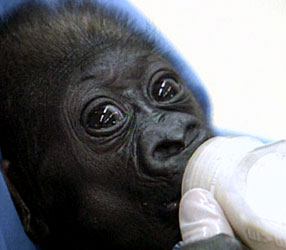 One by one, veterinarian Dr. James Oosterhuis drew out the tiny cubs from the mother’s open belly and cleaned off the protective sacs that held them. But something was wrong: the cubs were not breathing. Four veterinarians immediately began blowing baby-size breaths into the infants’ mouths and massaging their floppy bodies to stimulate their organs until the newborns began to squeal. The infants were placed directly into the incubator to gain strength. Sadly, the cubs’ luck did not hold. Too weak to withstand infection, the cubs died within the week. But Oosterhuis is hopeful that next time, the mother cheetah will be able to give birth successfully.
One by one, veterinarian Dr. James Oosterhuis drew out the tiny cubs from the mother’s open belly and cleaned off the protective sacs that held them. But something was wrong: the cubs were not breathing. Four veterinarians immediately began blowing baby-size breaths into the infants’ mouths and massaging their floppy bodies to stimulate their organs until the newborns began to squeal. The infants were placed directly into the incubator to gain strength. Sadly, the cubs’ luck did not hold. Too weak to withstand infection, the cubs died within the week. But Oosterhuis is hopeful that next time, the mother cheetah will be able to give birth successfully.
The northern white rhinoceros is in terrible danger of extinction: only about 30 remain in the world. The San Diego Wild Animal Park introduced Nola, a female who had never borne offspring, to Angie, a male who had travelled all the way from a zoo in Sudan. The veterinarians hoped he would become her mate. But at the relatively old age of 25, Nola was a tough customer.
Fierce and aggressive, she repelled Angie’s overtures, actually bowling him over when he tried to get to know her better. Hormone therapy brought Nola into heat, but did nothing about her continued aggression. Wild Animal Park workers knew something drastic had to be done. A decision was made to saw off her horn in the hopes that without it, Nola might be more receptive — and less dangerous — to Angie. After anesthetizing Nola for the procedure, the veterinarians took the opportunity to give her an examination — a difficult feat to manage when a beast weighing almost two tons is awake and less than cooperative. They trimmed Nola’s hooves, checked her eyes and ears, and monitored her vital signs.
Then they removed the horn. Rhino horns are made mostly of keratin, the same material as human fingernails, and sawing one off is a painless exercise. It is also temporary: Nola’s horn would eventually grow back.
Meanwhile, once the horn was cut off, Angie and Nola mated several times, although Nola has yet to become pregnant. The veterinarians at the San Diego Wild Animal Park continue to observe the rhinos’ behavior carefully, knowing that a baby rhino would be a big step towards ensuring the survival of this dwindling species. And every day, the veterinarians remain ready for animal medical emergencies, aware that the lives of these creatures are in their hands.

